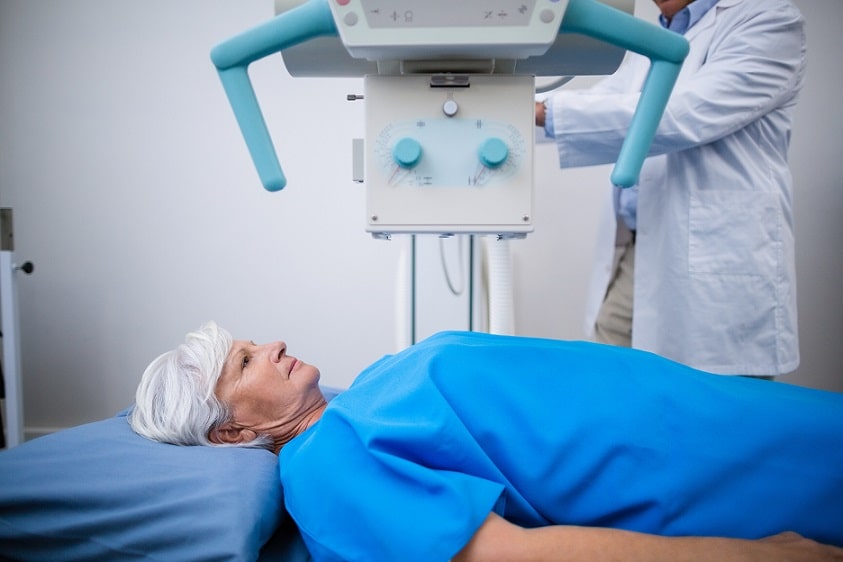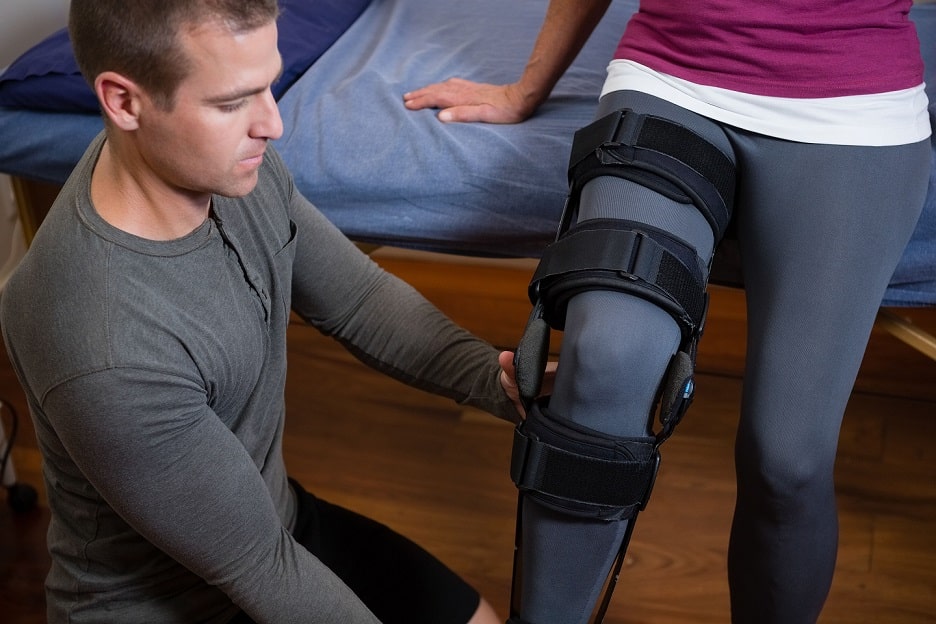 The basic principle of vicarious liability is that, if an employee injures someone in the course of their employment, the employer may be vicariously liable. This simply means that the injured person may be able to win compensation directly from the employer, rather than from the employee.
The basic principle of vicarious liability is that, if an employee injures someone in the course of their employment, the employer may be vicariously liable. This simply means that the injured person may be able to win compensation directly from the employer, rather than from the employee.
There are many instances where vicarious liability may occur. For example if you were involved in a road traffic accident with a van and the van driver was at the time of the accident acting in the course of his employment. If the van driver was at fault for the accident then his employer may be vicariously liable. An employer can be vicariously liable for the acts or omissions of his or her employees. An omission is simply a failure to do something. An example could be an employee failing to secure or put down a safety device on a machine which later causes injury. The failure to do something was the negligence and thus his or her employer could be vicariously liable.
The theory behind vicarious liability is that the employer is thought to have “deeper pockets” to compensate injured victims. Obviously if a company has insurance in place then ultimately it will be an insurance company who pays out compensation. This is why companies and businesses take out employer’s liability insurance.
It goes without saying that employers do not like vicarious liability.
There are many common arguments that we see from employers trying to escape being vicariously liable for an injury caused by their employee. Such arguments include that the person who caused the injury to occur was not an actual employee but an independent contractor acting on his or her own accord. Another common argument is that the person who caused the injury was an employee but that he or she was acting outside of his or her employment at the time.
An example of this can be demonstrated by going back to the road traffic accident example. If the van driver causes an accident and an injury when he is on a journey delivering parcels as part of his employment, then it may be difficult to escape vicarious liability. If the van driver causes an accident and an injury when he has finished work and is on his way home, it could be argued that he is not acting in the course of his employment and is acting independently.
You can see the difference and the arguments that can arise. It can become quite technical as there are all the definitions surrounding what constitutes an “independent contractor” or who is an “employee” etc.
In terms of road traffic accidents, even if there was no vicarious liability, this would not impact upon the injured Claimant. The driver should still have insurance and if not then the Motor Insurers Bureau deals with the claim.

 The basic principle of vicarious liability is that, if an employee injures someone in the course of their employment, the employer may be vicariously liable. This simply means that the injured person may be able to win compensation directly from the employer, rather than from the employee.
The basic principle of vicarious liability is that, if an employee injures someone in the course of their employment, the employer may be vicariously liable. This simply means that the injured person may be able to win compensation directly from the employer, rather than from the employee.









